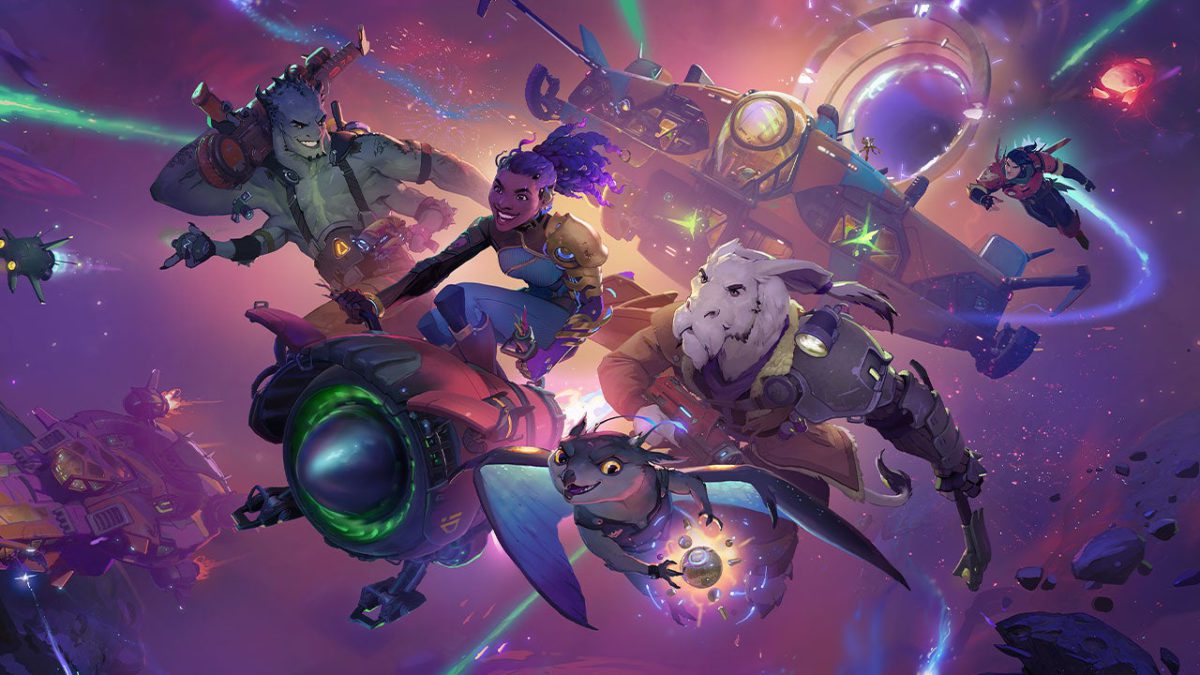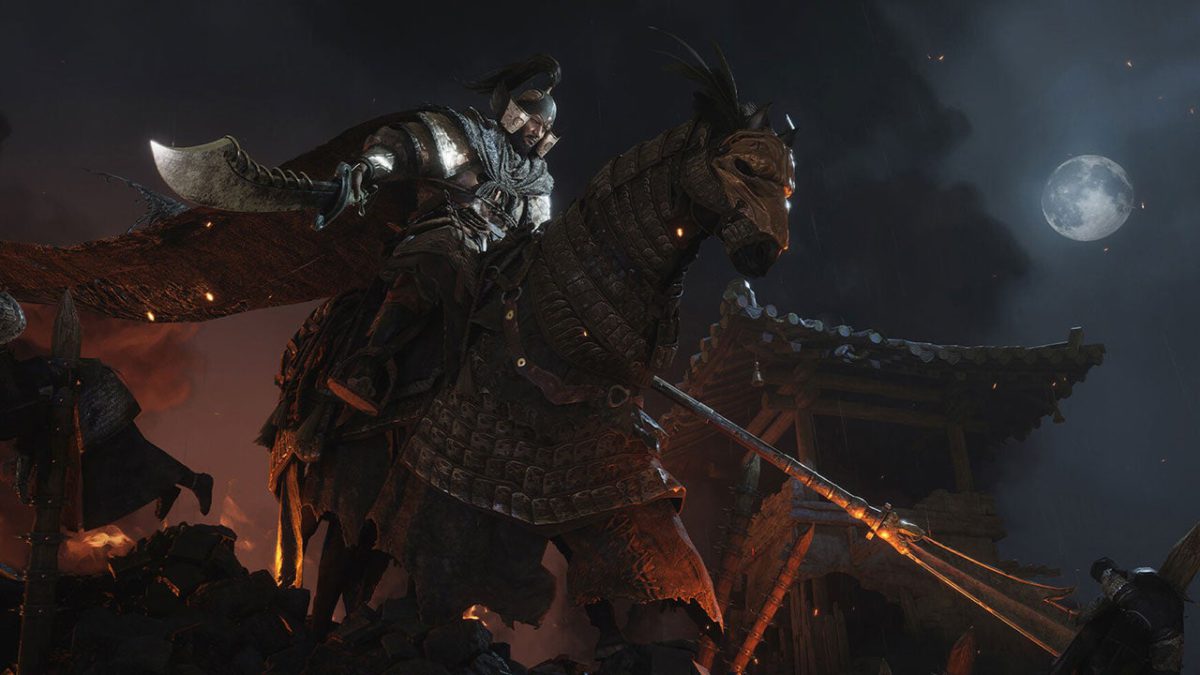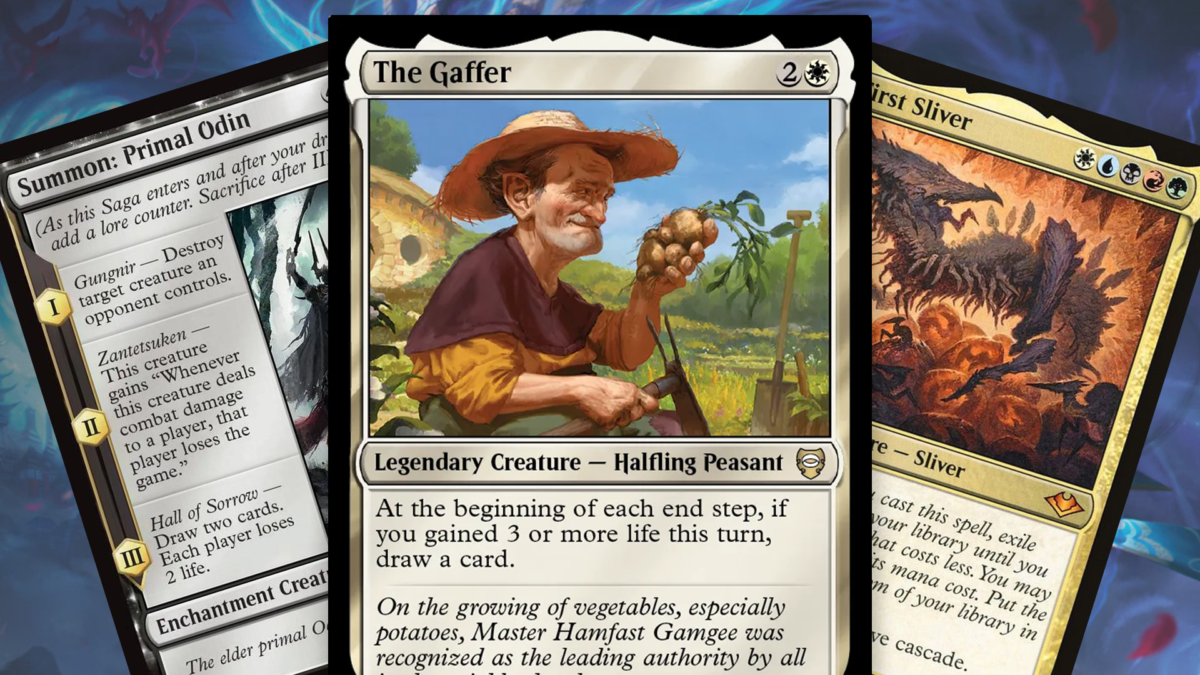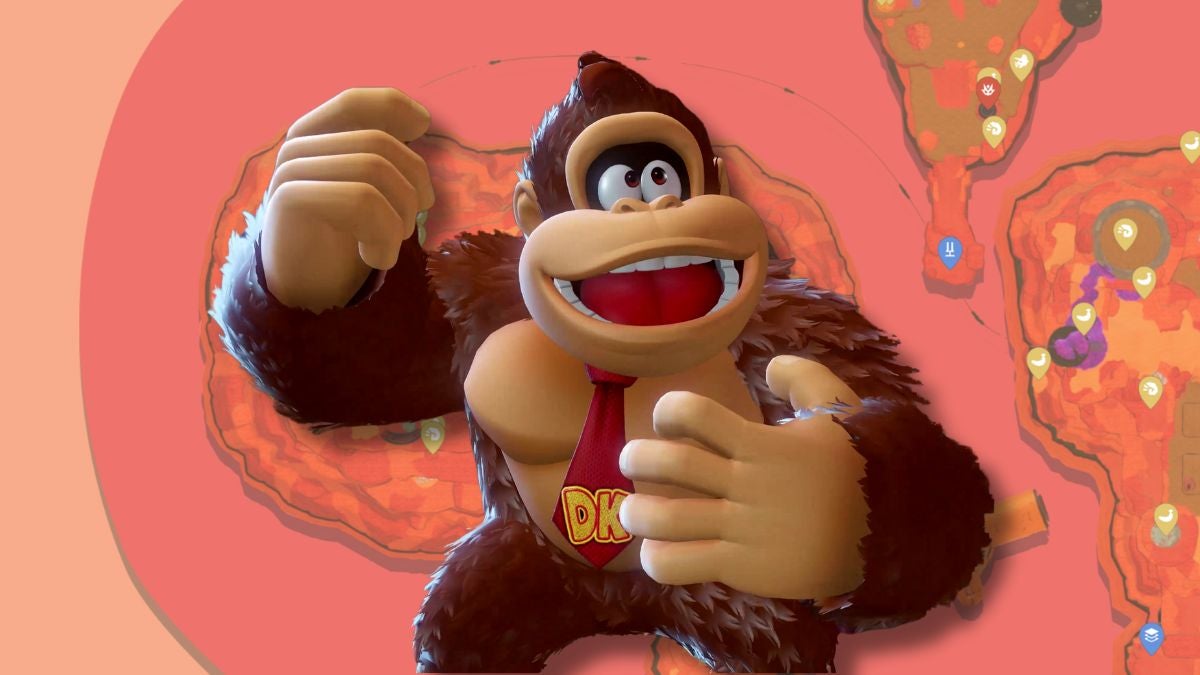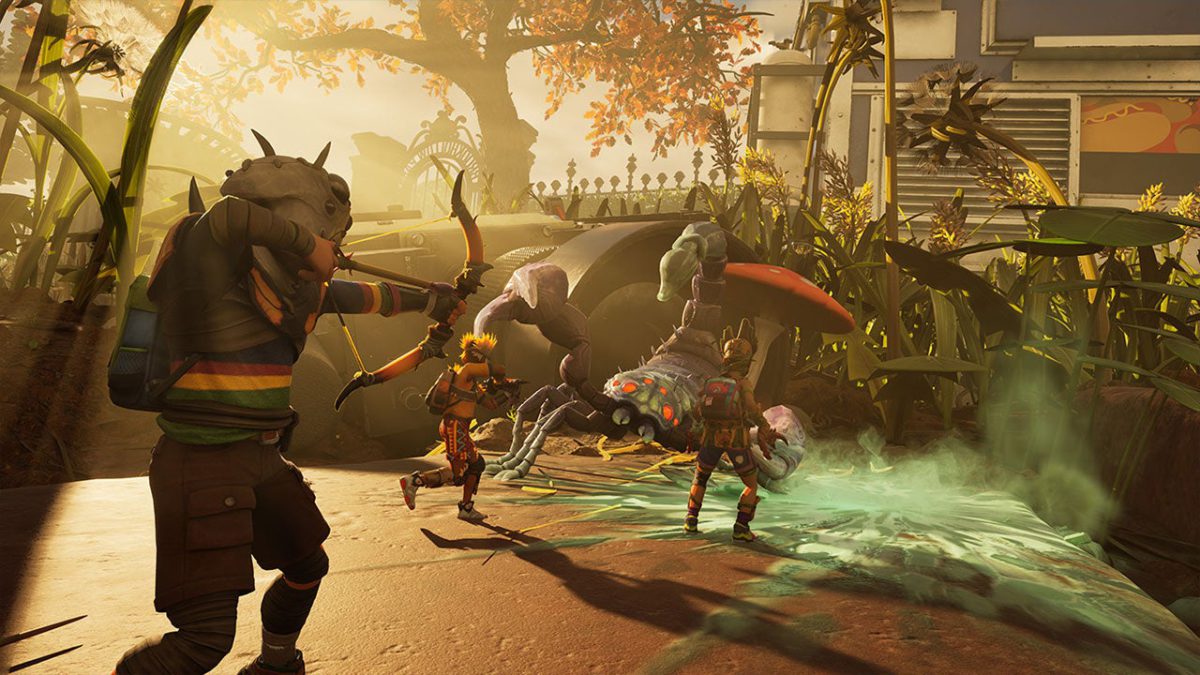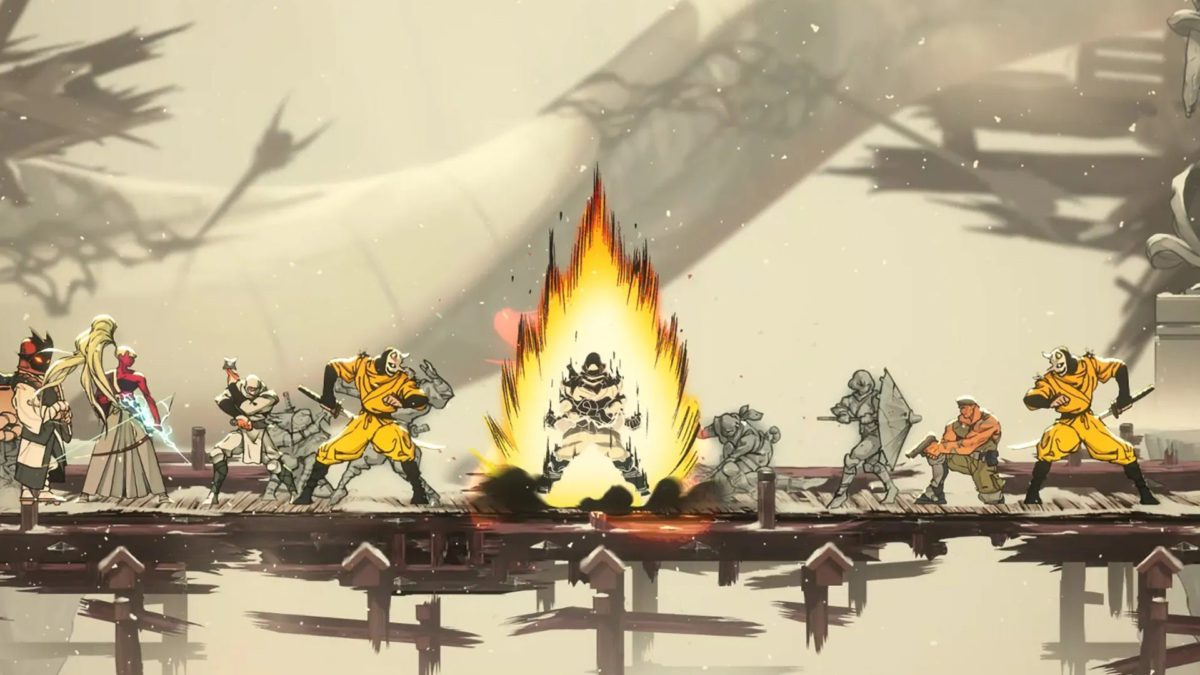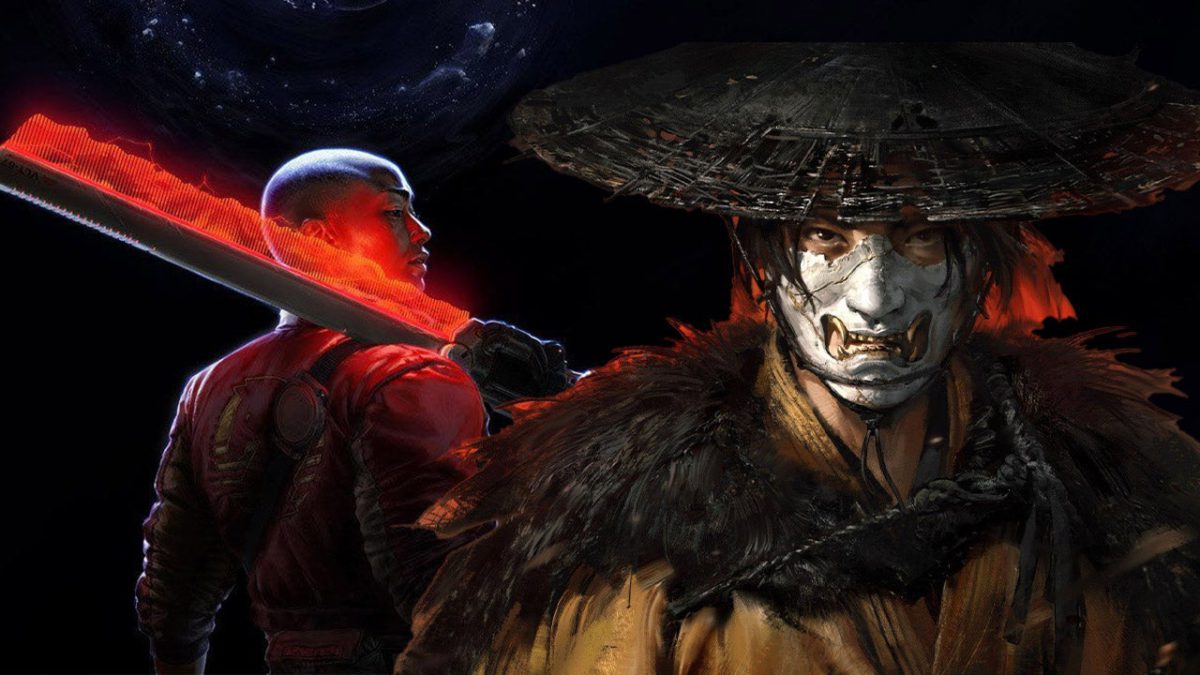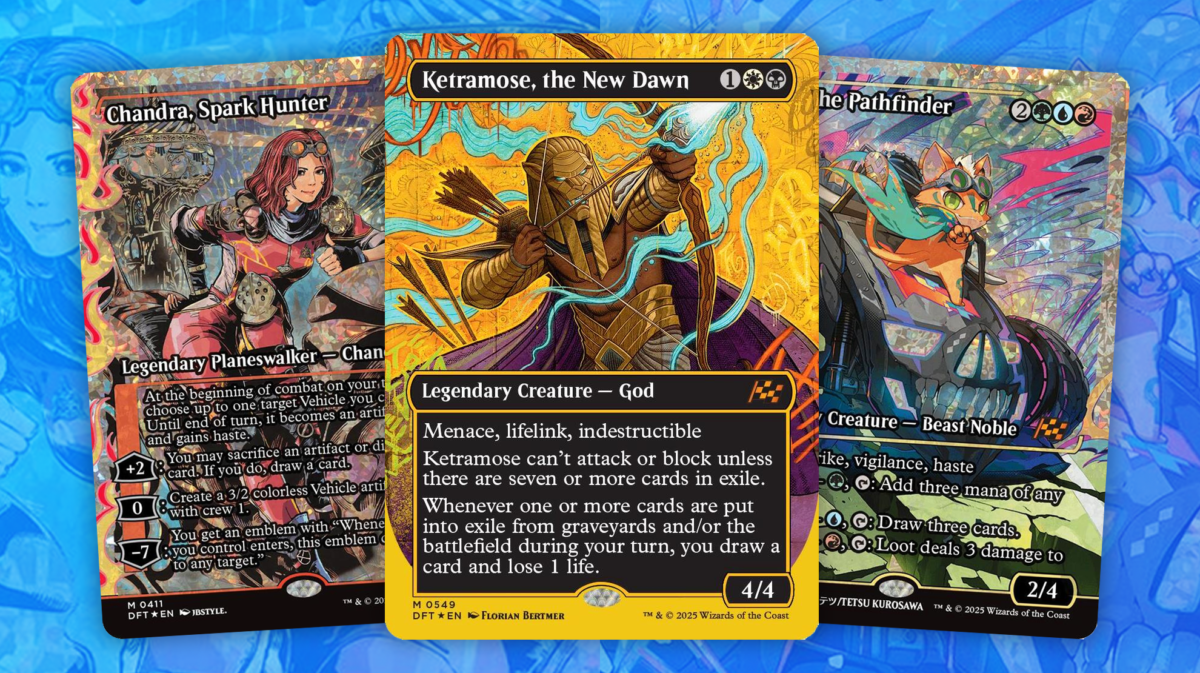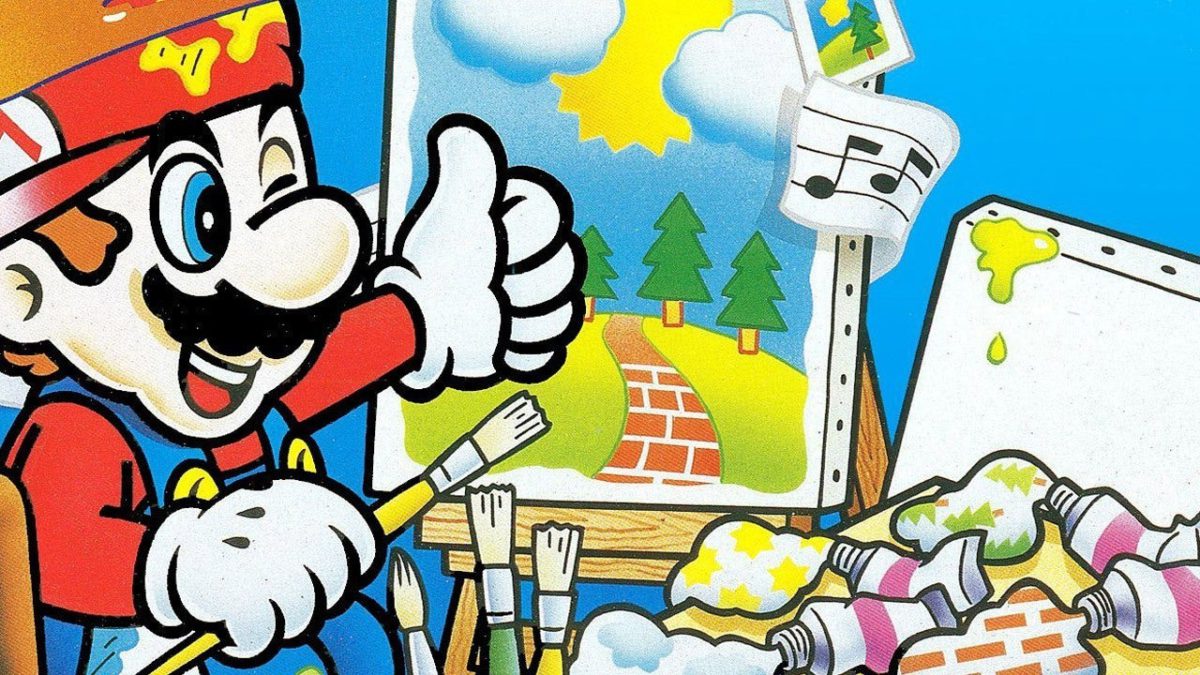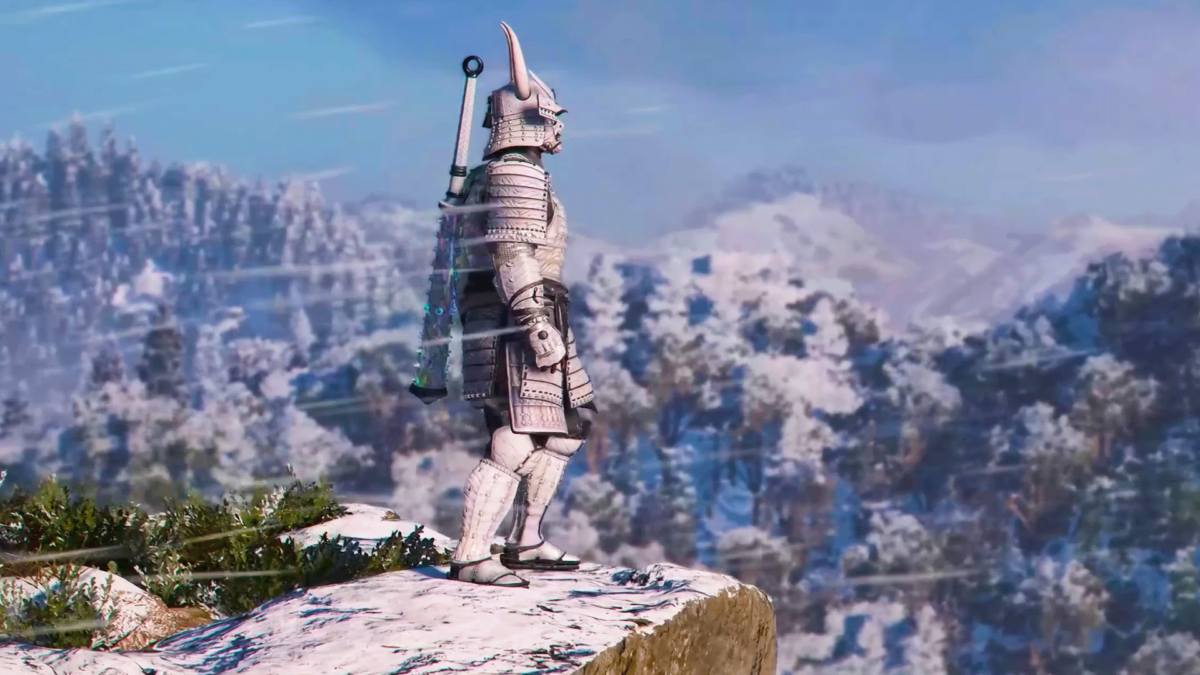
It only took one match of Wildgate to see the potential in its spacefaring PvPvE mayhem. The intensely cooperative chaos of managing a spacecraft, delving into PvE dungeons for loot, and fending off rival crews makes for complex and exciting contests of teamwork and communication. After dozens of matches and more than 20 hours of playtime, though, it’s also become clear that there’s plenty of room left to build on that compelling concept. There are only a small number of characters, ships, and weapons to bring into battle, and once you’ve trekked across a few matches worth of dungeons, you’ll likely have seen all the different enemies to fight and areas to explore, which limits the longevity of these cosmic bouts. But when a good crew comes together, Wildgate’s simple but solid gunplay and multifaceted ship-to-ship combat gives Sea of Thieves a run for its money.
Wildgate is a unique multiplayer shooter that sends five teams of four players out into the most dangerous section of the galaxy, called the Reach, to battle it out for loot and glory. Their ultimate goal is to find the all-important Artifact hidden somewhere in space and escape with it out of the Wildgate, but since there’s the little issue of only being one to go around, a clash of crews in tumultuous FPS combat is all but inevitable. To improve your chances of survival (and search for the Artifact along the way), you’ll want to hurriedly touch down on various asteroids and planetoids to enter as many of the small PvE dungeons as possible, killing enemies and solving simple puzzles to claim whatever loot they’re hiding.
Upgrading your spacecraft with better shields, weapons, defensive measures, and stat improvements (like improved turning speed) can make all the difference when an enemy vessel nears and all hell breaks loose, which make for Wildgate’s tensest moments. I especially enjoy picking my favorite cannons for my ship, as there are some really neat options, like the sniper cannon that can cause a whole lot of trouble for enemies even when they’re far away, or the bomb cannon that attaches bombs to whatever they hit and can be exploded when shot by another cannon. If you’re able to find and escape with the Artifact, or simply murder all the enemy crews before they’re able to extract it themselves, then victory is yours – and in matches that can run over 40 minutes each, the taste of triumph is one of the sweetest there is.
Unfortunately, the level of coordination required doesn’t always lead to great outcomes when matchmaking with random crewmates, where silent players or, worse yet, insanely toxic personalities can make for a bad time. I found the vast majority of my matchmade experiences resulted in catastrophically bad showcasings of Wildgate’s potential, as you really need a full team communicating and firing on all cylinders to have any hope of beating your opponents. But when I got lucky with matchmade teams or brought my own friends to the party, working together to take down dungeons and outplay rival squads made for some incredibly memorable matches.
There’s no story to be found in Wildgate, or at least not one outside of little snippets you can read from a menu between matches, but the world definitely has a distinct and endearing personality to it. That could be in the baddies like raiders and alien life forms who look like booger people, or the playable characters, called Prospectors, who span from a big dog-looking alien to an aquatic creature in a mecha fishbowl. Each Prospector has their own interesting set of traits and abilities they can use to contribute to the team’s success (or demise). A four-armed alien named Ion, for example, can use his brawn to damage the hulls of ships just by smacking them with his fists, while Venture the robot serves as a great starter character since they don’t require oxygen to survive, regenerate health faster, and get warned when enemies are behind them.
I had a lot of fun trying each one out to see which suits my playstyle, with my favorite being Sal, an aquatic engineer who is an expert at healing the ship and can turn unwanted loot into useful items by rerolling it – a frankly overpowered ability in a game where your luck with loot drops is often the difference between life and death. There seems to be a little bit of imbalance with the characters in that regard, as Prospectors like Kae, whose teleport and telekinesis abilities makes her amazing at boarding ships without notice, even stealing items off their hull without ever entering the vessel, can seem quite busted at times. On the other hand, characters like Adrian, who can mostly just move through space extremely quickly, feel woefully underpowered by comparison. And, as is the case with lots of stuff in Wildgate, the biggest issue is simply a scarcity of options, because it doesn’t take long to unlock all seven Prospectors and decide on the winners. Seeing the same handful of familiar characters aboard each ship just feels a bit underwhelming in what’s supposed to be a galaxy of possibilities.
There are also several ships to unlock, each with their own strengths and weaknesses. Your starter ship, the Hunter, is reliable all around, with three front-facing cannons and increased speed when you elect to drop your shields that make it well-suited for getting in and out of skirmishes quickly, but the other three are more interesting in their tradeoffs. My favorite, The Bastion, has a special feature that makes it much more difficult to board by rival players, with doors that lock down tight (if your knucklehead teammates remember to close them) and the ability to detect intruders by default – plus it has more health and defensive capabilities than other ships to offset its modest cannons and speed. This allowed me to play it slow in matches, building up defenses and resources while outlasting my opponents like a balled up hedgehog waiting to prick would-be predators.
There’s also the Privateer, a warship with eight cannon slots that fire faster and do more damage than other ships, which all but mandates an extremely aggressive playstyle that either proved immediately effective or resulted in the shortest matches imaginable. Finally, there’s the Scout: a tiny little ship with low health and offense that’s more than made whole by insane maneuverability and speed, and which I must admit that I won the most matches with just because being able to more easily find or steal the artifact, then outrun my opponents for a quick extraction, is pretty hard to beat. Unfortunately, these were also some of the less interesting games I played since ship-to-ship combat is so much fun and it’s tough to set that aside in the name of victory.
When fighting on foot, you’ll use a small handful of weapons and gadgets to ward off NPC monsters, and occasionally other players when boarding or being boarded by the enemy. With only nine weapons currently available, there’s not a lot of different playstyles to choose from. That’s especially true when some options like the Sidelong launcher, a weird, horizontally-firing blaster that pierces through the environment, didn’t really connect with me and gathered dust on the shelf, making my viable pool of options that much smaller. Still, there are a few that stole my heart, like the goo-firing gatling gun or the powerful anti-ship rocket launcher that lets you tear through enemy vessels without needing to be mounted on a turret. You’ll also pick two gadgets to keep in your toolbelt, which allow you to do things like toss a drill onto the side of a ship to damage it over time, or a tool that automatically reloads all your weapons whenever you teleport back to your ship. My personal favorite is the rock, which is, well, a rock. You throw it at people and it does enormous damage – I just really appreciate that they could have made it a throwing dagger, but they chose the funniest possible option instead. There are few better feelings than bringing down a rampaging enemy who is carrying a massive weapon with a regular ol’ rock.
Although matches can be a ton of fun and you can definitely develop a “just one more match” mindset early on, with only one game mode and such limited character and ship options, it all feels a tad thin at the moment. Wildgate could have some real legs with regular content updates, and it’s nice that developer Moonshot Games has already put out a roadmap that promises three new characters or ships per year, because what’s here at the moment feels like just a taste of what will hopefully be a game with a lot more variety down the road. I’m not quite sure that update cadence will be fast enough to sustain my short attention span, but it’s at least a good sign there’s a plan in place that has the potential to keep me coming back to this weird galaxy. There’s still a ton of fun to be found in getting better at winning, and knowing what I know now about the types of dungeons to be found and loot to be claimed has made me a lot more strategic with how I play, but I stopped being surprised by things I saw out in the Reach pretty quickly.
One thing that does help keep games fresh is the fact that there are randomly generated modifiers injected into each match that require you to adapt if you want a chance at winning. One game might feature energy-devouring leeches floating out in the void that attach to your ship as you go and need to be shot off, while another might be filled with an abundance of asteroids that make traveling especially dangerous, or a cosmic storm that sweeps through large swathes of the map and will destroy your ship unless you’re able to loot a special shield to defend against it. These are a really clever way to make every match not feel like a carbon copy of the last, but once again, there just aren’t that many of them yet, and I started seeing repeat modifiers in pretty short order – definitely one of the areas where a bit more variety would go quite a long way, especially if they have live events that impact the world in some way to shake things up.

